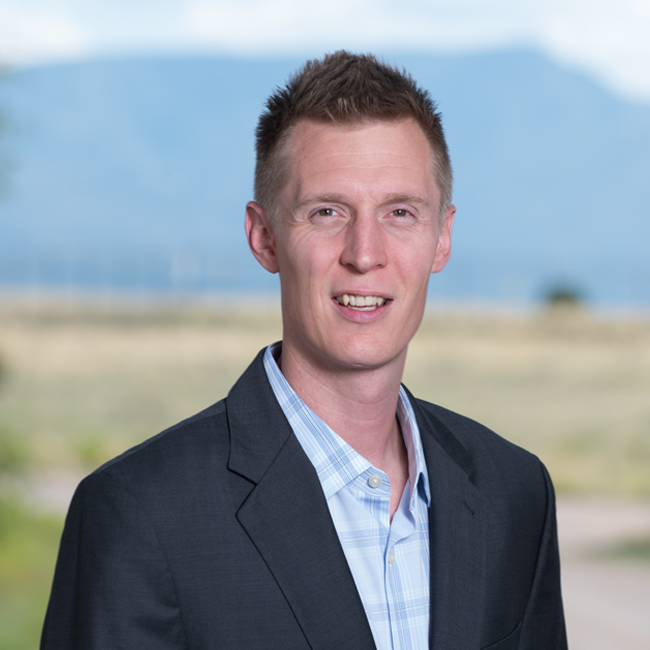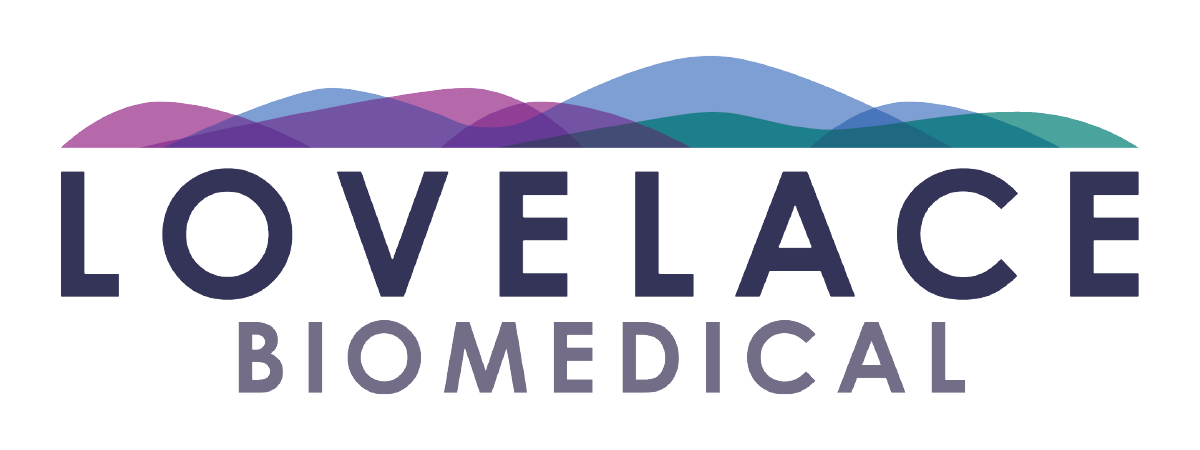
May is Cystic Fibrosis (CF) month. Lovelace has been working in respiratory research for over 70 years, and has been using gene therapy studies to develop drugs to treat CF and other similar diseases for over 10 years. As a part of CF month, Lovelace’s expert scientists, Ted Barrett and Philip Kuehl are here to answer common questions related to drug development for CF treatment. We also get a look into the clinician’s perspective on the current state of CF, its therapies, and where it may be headed.
From the Clinician: Carolyn Cannon, PhD, who is an Associate Professor at the Texas A&M College of Medicine, and is in the Microbial Pathogenesis & Immunology department, has been heavily involved in CF. She is also the present director of the Cystic Fibrosis Foundation Therapeutics Center at the UT Southwestern Medical center. Carolyn has seen many patients, including pediatrics and adults with CF. She has been on the frontline of what drugs have been tested, made available, seen the results, and has continued to evaluate and research drugs for CF. She says that while current therapies have been useful, the development for microbial drugs should be a priority. Drugs like Pulmozyme will be less needed as small molecule drugs make their way through preclinical, into clinical trials and onto the market, says Carolyn.
One example she gave was a two-year-old patient in her care who received a treatment which was available for clinical trials. Miraculously, the insurance company was able to allow for payment for the drug. The drug itself was a Vertex triple combo therapy. This therapy was only for older patients at the time. The result – instant turnaround.
“The patient was immediately better. However, I was worried about pancreatic insufficiency with this therapy. I had no idea what the result would be for that with such a young patient. But, once we took the patient off of the medicine, she turned out just fine,” said Carolyn. She also reported that the therapy even eliminated any GI symptoms. The patient called it a “magic pill.”
Dr. Cannon thinks that these new therapies have much hope for CF. However, a cure she says with more than 2000 patho mutations in any of the 30,000 patients living with CF in the US alone, is “a tall order.”


Ted and Phil – tell us what you are seeing in the area of drug development for CF.
Ted: Over the past 5 – 7 years we have seen an increase in the development of novel inhalation therapies for the treatment of CF, which matches what Dr. Cannon discussed. These have included small molecules and cell and gene therapies. Many of these are being developed to target the ~ 10% of the CF population that aren’t covered by the current approved therapies.
Phil, As a formulation scientist what challenges does treatment of CF present?
Phil: As both Ted and Dr. Cannon mentioned, many of these treatments are being developed for inhalation delivery. The inhalation delivery of cell and gene therapy products like RNA or gene therapy vectors are novel and require the aerosol scientist to develop systems that are fit for purpose on each program.
Lovelace has the expertise and track record of working with development of novel therapies for diseases like CF. If you need a partner in development for CF or other cell and gene therapies contact Lovelace Biomedical today.

